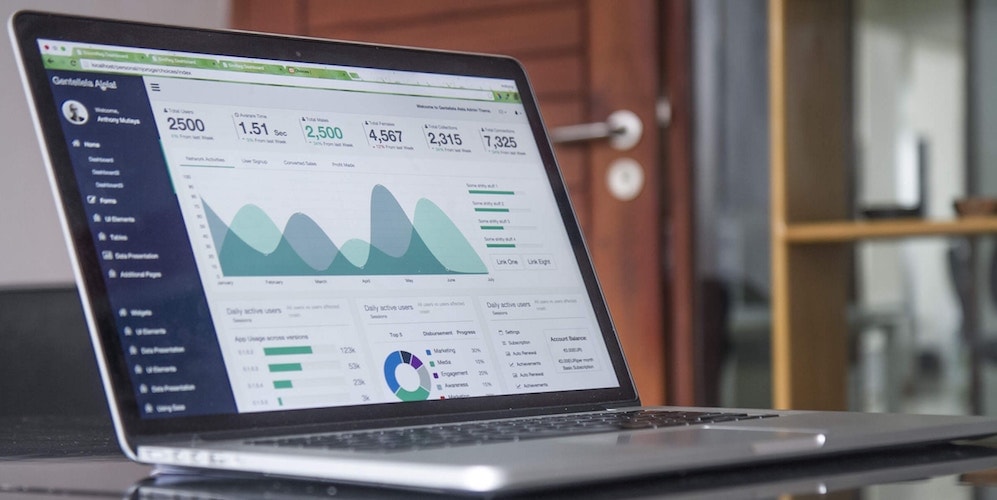Tag: data

TaaG Analysis – Fast and Easy for Comparing Trends in Large Data Sets
Published:TaaG (trends at a glance) analysis is a fast way to compare trends of subsets of data across large data sets. It is an ideal tool to use in the Measure and Control phases of DMAIC (Define, Measure, Analyze, Improve, Control) projects. The value of TaaG analysis is best understood by way of example. Suppose […]
Read more »
Resource Page: A Primer on Non-normal Data
Published:The distribution of data can be categorized in two ways: normal and non-normal. If data is normally distributed, it can be expected to follow a certain pattern in which the data tend to be around a central value with no bias left or right (Figure 1). Non-normal data, on the other hand, does not tend […]
Read more »
Measurement System Redesign and Innovative Data Management
Published:A multinational paper company wanted to reduce its cost of poor quality. The company recognized an opportunity to use Six Sigma concepts to minimize variability in its processes.
Read more »
Real-time Feedback Changes the Game
Published:Efficiency is in everyone’s interest. However, achieving it is heavily dependent on the quality and timeliness of crucial performance data. Live, real-time information is crucial for any manufacturing business. Waste benefits nobody, whether it is a waste of materials, time or energy. … One of the things that I have learned in manufacturing is that the […]
Read more »
Help with a Future iSixSigma Article on Gage R&R
Published:Hello iSixSigma readers! We are working on an article about gage R&R and need your help with data collection for analysis. What we need: Raw data itself (either 5-part or 10-part analyses including operators, parts, trials and measurements) The tolerance spread Is this one- or two-sided tolerance What we would like: Gage family information (e.g., […]
Read more »
SPC, Systems Delivery are Topics of Next 'Best of the Best' Webinar
Published:iSixSigma’s “Best of the Best” Webinar Series continues on Tuesday, June 21, when Shannon Coursey leads an hour-long session titled “Applying SPC Concepts to Better Understand Systems Delivery Performance”. The webinar will be held from 11 a.m. to 12 noon Eastern and the cost is $49 (Register Now!)
Read more »
DoD Relies on Lean Six Sigma to Improve Logistics, Data Quality
Published:Department of Defense logistics organizations are attempting to reorganize their efforts using a combination of business process improvement methodologies, such as Lean Six Sigma, which seeks to reduce process steps and errors often associated with them. They are also using modeling and analytics to review existing logistics process data.
Read more »
MoreSteam.com Receives Patent for EngineRoom Software
Published:Today the U.S. Patent and Trademark Office (USPTO) granted patent rights to MoreSteam.com for inventions developed by MoreSteam’s President, Bill Hathaway.
Read more »
Three Rules for Data Analysis: Plot the Data, Plot the Data, Plot the Data
Published:The job of any purchasing department is to source for reliable suppliers who deliver products conforming to specification on time and within a certain price range. The more data is available about potential suppliers, the better the decision will be. The question is, how should that data be analyzed? The following case study helps to […]
Read more »
The Path of Least Resistance: Is There a Better Route?
Published:Driven by nationwide technologist shortages, an industry-wide focus on quality and rising consumer demand, healthcare is feeling the pressure to deliver more with less. Given this challenging environment, some organizations have come to the conclusion that taking the path of least resistance may not be the best approach. For many, delivering quality patient care is […]
Read more »
Rounding and Round-off Rules
Published:When performing statistical data analyses, quality professionals are always challenged to maintain data integrity. When should you round up the answer; when should you round down? How many significant figures are appropriate for the data set that has been taken? Below are a set of simple rules that should help you traverse the perils of […]
Read more »
Actionable Information from Soft Data
Published:Engineers, Six Sigma practitioners and other researchers often work with “hard” data – discrete data that can be counted and legitimately expressed as ratios. But what of “soft” data, things like opinions, attitudes and satisfaction? Can statistical process controls (SPC) be applied here? Can process variation in customer satisfaction, for example, be measured and then reported to […]
Read more »
How To Turn Process Data Into Information
Published:A repeated series of actions and variables is a process. A collection of processes is a system. Virtually perfect Six Sigma quality results from an optimal interaction of all the variables in a given system. Process and system questions we all face at work include: Which variables are the most important to the customer? Am […]
Read more »
Bank Deposits: A Black Belt Case Study
Published:A Black Belt used Six Sigma to improve a transactional bank deposit process, resulting in yearly savings of $4 million.
Read more »
Six Sigma in Data Warehousing Domain – IT Case Study
Published:Most quality professionals recognize that Six Sigma is a breakthrough strategy. They understand that the methodology uses data to measure current process effectiveness and to validate improvement; uses proven statistical and quality tools to identify process gaps and improvement solutions; and uses change management processes for institutionalizing and integrating improvements in an organizations’ operational and […]
Read more »
Activities vs. Performance: Improvement, Common Sense
Published:Most organizations have a strong bias toward planning, managing and executing a multitude of supposedly value-added activities hoping that these (often isolated) activities will yield significant results. In rare cases, activities are spawned by careful strategic planning, tracked regularly by performance data, reviewed for adjustments and improvements and integrated across functions, divisions and geographies. However, […]
Read more »
Renew the Commitment to Data-Based Decision Making
Published:A large corporation recently conducted a competition to identify the organization’s best Six Sigma projects of the previous year. Out of more than a hundred submissions, only one actually validated its improvements with a comparative experiment (z, t, Chi-sq, etc.). What did the rest do? The same thing they did before Six Sigma. The mean […]
Read more »
Attribute Data: Making the Most of What’s Available
Published:Many times in software development and information technology, attribute data is what is available. Thus, it is valuable to look closely at the nature of attribute data and explore some tips for making the most of it.
Read more »
Six Sigma Tools Still Fit in Projects Lacking Data
Published:No data? No problem! The Lean Six Sigma process provides an excellent framework for all types of projects, even when there is little or no data.
Read more »
Benefits of Connecting RFID and Lean and Six Sigma
Published:A growing number of organizations are studying the commercial use of radio frequency identification (RFID). Several large companies have invested large sums in RFID development, and companies such as Wal-Mart plan to require RFID compliance from their suppliers. Nonetheless, many companies do not yet have a full grasp of what this technology may mean to […]
Read more »
Analytical Treatment of Discrete Ordered Category Data
Published:Ordered category data is discrete data representing appraiser or client perception against a rating scale such as a survey or questionnaire. Black Belts learning to apply the Six Sigma methodology to ordered category data are traditionally taught analytical methods that include normal and Poisson distributions. This is probably due to Six Sigma’s beginnings in manufacturing. […]
Read more »
Creating a Fresh View of Six Sigma Data and Tools
Published:Six Sigma DMAIC and DFSS roadmaps provide the guidance needed for using facts and data to understand problems, opportunities and solutions to get results in a wide variety of project settings. For the routine cases, they give practitioners what they need. There are some situations, though, that can benefit from a broader view of Six […]
Read more »
Data Management Plans Can Reduce Project Cycle Times
Published:Companion Article This is one of two articles by David Wetzel that explore the value of developing a data management plan as the intial step in the Measure phase of the Six Sigma DMAIC methodology. The other article is “Data Management Plans Can Improve Collection/Validation.” Long project cycle times, frequently cited as an impediment to […]
Read more »
Measure the Immeasurable: The World of Smell and Taste
Published:In many industries, improvement projects quickly face an obstacle: The lack of easy to get and reliable data. This is especially true when the critical-to-quality elements (CTQs) of the project are “soft attributes” such as taste, smell or texture. Facing such a problem in the food and drink industries is obvious. While in a Kano […]
Read more »